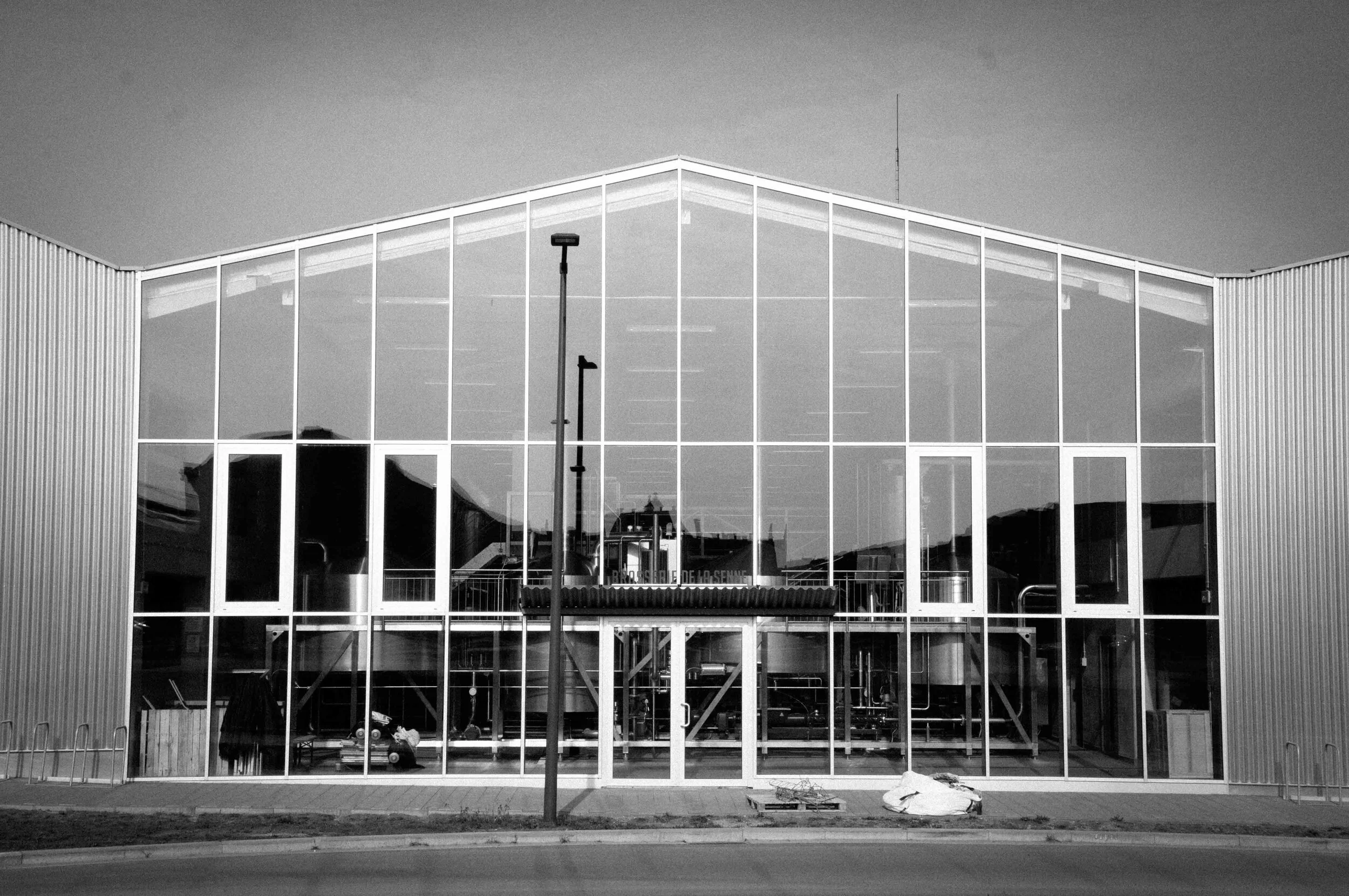A History of Brussels Beer in 50 Objects // #5 Cruche
Find out more about Brussels Beer City’s new weekly series, “A History Of Brussels Beer In 50 Objects” here.
Object #5 - Cruche
14th century
Drinking Life
It doesn’t look much, this jug. The rough earthenware surface is chipped, patches of oxidised orange blotting its grey sides. It is perforated in places, patched up in others. But it has largely kept its shape intact, bulging out at the middle before tapering at the spout. Or where the spout should be, because it has long since broken off. Which isn’t much use for a jug (cruche in French). This jug, which might once have been filled with wine, oil, or beer, isn’t aesthetically exceptional. It is special because it is roughly 700 years old, having spent most of its life buried in centuries of royal excrement at the bottom of an abandoned latrine in Brussels’ Coudenberg palace.
The Coudenberg began as a defensive castle on a hill 40 metres above Brussels’ medieval centre. It was part of Brussels’ first ring of city walls built in the 14th century, but as the city expanded and those fortifications became redundant, the castle evolved into a ducal palace. By the 1500s, the palace was home to Charles V, Holy Roman Emperor, King of Spain, Lord of the Netherlands, and patron of rapacious conquistadors. Charles would start his days in Brussels with a warm beer, and go from there. Breakfast of fowl at five in the morning, then mass. A 20-course noonday lunch of game from the nearby Warande hunting grounds, and heaps of oysters, eel pies and anchovies. More anchovies at eight, and a midnight supper.
Charles would wash it all down with lashings of chilled beer (or wine) - particularly beer from Mechelen, where he grew up - served from ceramic jugs into his four-handled mug. With this diet, it is no surprise gluttonous Charles regularly suffered debilitating attacks of gout. Such was his torment - and so incapable was Charles of tempering his appetite - that, bent double with gout and teary-eyed, he abdicated his throne in the Coudenberg’s great hall on October 25, 1555. But before he left Brussels for monastic retirement in Spain, Charles placed one final order for beer from Mechelen to accompany him.
Thus ended Brussels’ imperial phase, the Coudenberg’s reputation thereafter declining until a fire destroyed it in 1731. Eventually a new, royal quarter was built on the ruins, centred on Place Royale atop the Kunstberg. Below this cobbled square are well-preserved parts of the palace’s vaulted cellars and kitchens. But stone walls and crumbling mortar give little insight into the daily bustle of a court dedicated to sating the monarch’s appetite. Better instead to resurface and walk downtown, to a dead-end alley café.
The upper walls of A La Bécasse are stacked with rows of ceramic jugs. Some are small, and some big enough to slake even a king’s thirst. The pale blue glaze and smooth surfaces of these Lambic jugs are more polished than their 13th century ancestor. But they have inherited the same geometry, with slender bases, bulging midriffs, and tapering spouts instantly familiar to a gout-crippled emperor just waking up for his morning sup.
Source: © asbl Palais de Charles Quint/Marcel Vanhulst













